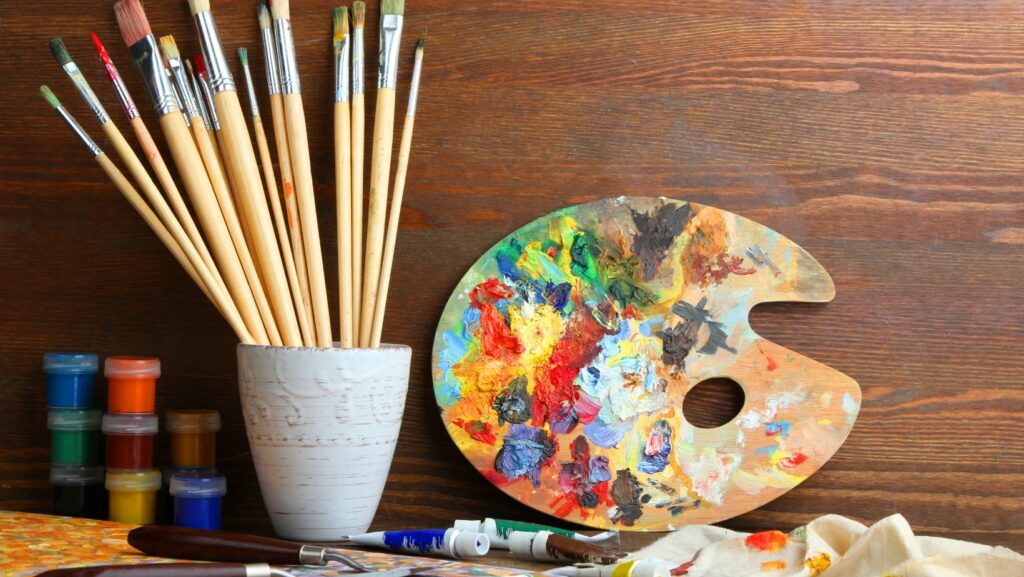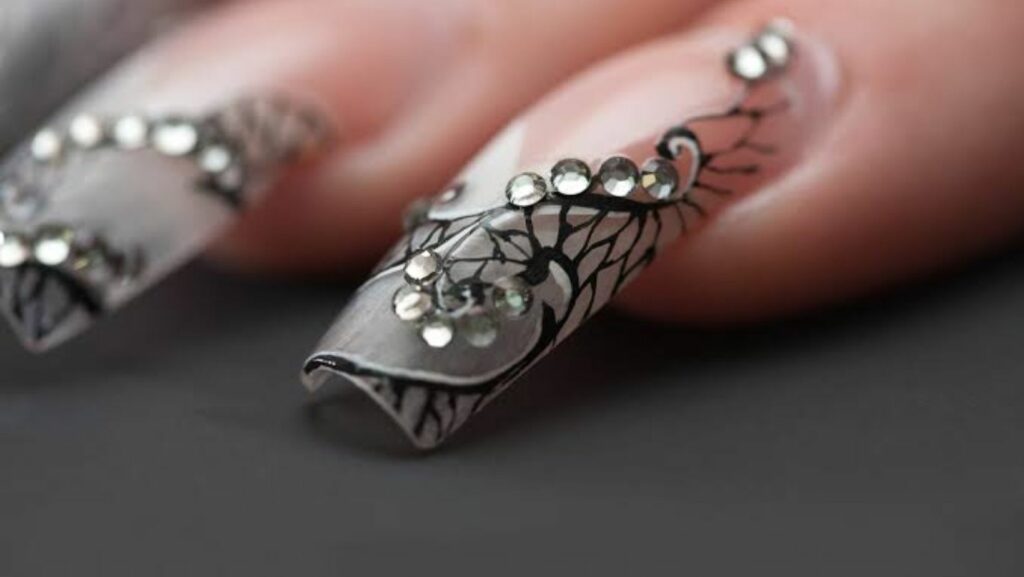Yoni Art
- Yoni Art as a Symbol of Femininity: Yoni art represents a profound expression of femininity and spirituality, celebrating women’s empowerment and creative energy.
- Cultural and Historical Roots: This art form has ancient origins in Hinduism and Buddhism, embodying concepts of cosmic energy, creation, and rejuvenation across various cultures.
- Diverse Techniques and Materials: Artists utilize a range of techniques (painting, clay modeling, mosaics) and sustainable materials (natural paints, recycled items) to create vibrant and meaningful yoni art.
- Modern Interpretations and Dialogue: Yoni art adapts to contemporary themes of gender equality and cultural identity, sparking important conversations in galleries and community spaces.
- Impact in Society: The rise of yoni art in digital platforms and cultural events facilitates engagement with ideas of empowerment, body positivity, and social change, making it relevant in today’s discussions about femininity.
Yoni art has emerged as a powerful expression of femininity and spirituality, captivating audiences with its vibrant colors and intricate designs. Rooted in ancient traditions, this art form symbolizes the sacred feminine and celebrates the creative energy inherent in all women. Through the depiction of the yoni, artists convey deep messages of empowerment, healing, and connection to nature.
In today’s world, yoni art transcends mere aesthetics; it serves as a medium for self-exploration and cultural dialogue. As more people embrace its significance, yoni art is finding its way into galleries, homes, and wellness spaces, fostering a deeper understanding of feminine energy. This article delves into the origins, meanings, and contemporary interpretations of yoni art, inviting readers to explore its rich tapestry and transformative potential.
Understanding Yoni Art
Yoni art represents a deep connection to femininity, spirituality, and cultural history. It embodies empowerment and serves as a vehicle for self-expression and exploration.
The Concept of Yoni
The term “yoni” originates from Sanskrit, symbolizing the divine feminine energy and creative power. It signifies the source of life and represents a woman’s strength, fertility, and nurturing qualities. Artists incorporate various elements, such as floral patterns or natural motifs, to celebrate women’s connections to nature and universality. Yoni art encourages self-awareness, inviting personal interpretations that resonate on individual levels.
Historical Significance
Yoni art has roots in ancient civilizations, particularly in Hinduism and Buddhism. In these cultures, the yoni symbolizes cosmic energy, often intertwined with philosophies of creation and rejuvenation. Traditional practices include painting yoni images on temple walls to honor feminine deities and invoke blessings. Throughout history, yoni art has evolved, maintaining its core message and finding new expressions in contemporary contexts. Today, it fosters dialogue within social movements, emphasizing awareness of women’s rights, spirituality, and cultural identity.
The Artistry Behind Yoni Art
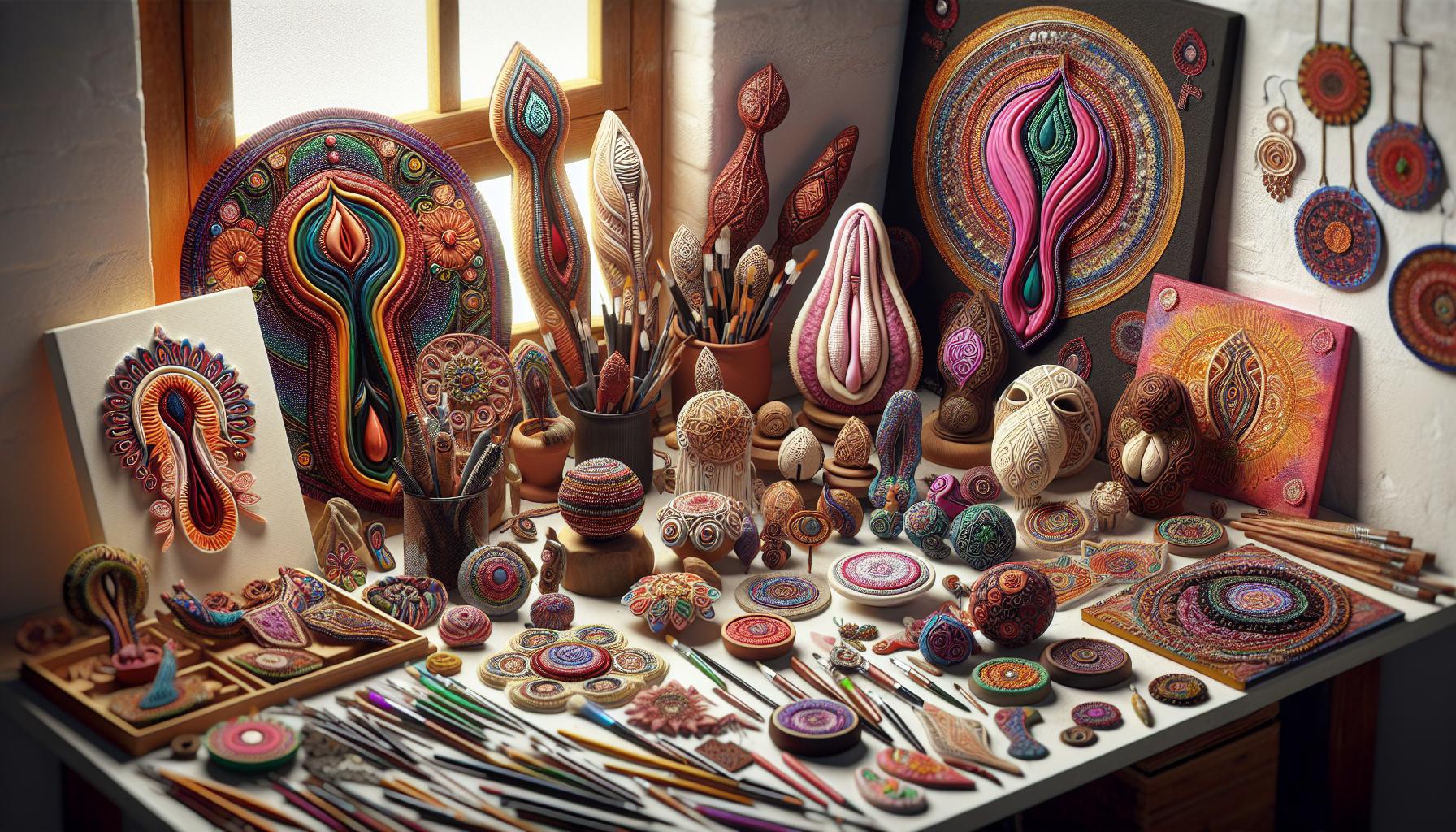
Yoni art embodies intricate techniques and uses diverse materials, reflecting its rich cultural heritage and modern interpretations. The artistry serves as both a personal expression and a celebration of feminine energy.
Techniques and Materials Used
Yoni art employs various techniques to create visually striking pieces. Common techniques include:
- Painting: Artists use traditional paints, often vibrant hues, to create flowing designs that symbolize femininity.
- Clay Modeling: Sculpted works capture the yoni’s essence, highlighting texture and form.
- Mosaic: Small tiles or natural materials form intricate patterns, representing unity and diversity.
- Textiles: Fabric art utilizes embroidery and weaving methods, combining tactile elements that engage the senses.
Materials often featured in yoni art consist of sustainable and organic options. Common materials include:
- Natural Paints: Derived from plant sources, they provide eco-friendly color options.
- Clay: Sourced locally, clay offers a connection to the earth.
- Wood: Hand-carved pieces bring a rustic, natural quality to art creations.
- Recycled Materials: Using reclaimed items enhances both creativity and sustainability.
Notable Artists in Yoni Art
Several artists have gained recognition for their contributions to yoni art, showcasing its transformative power. Notable figures include:
- Sukanya Sharma: Known for her bold colors and modern interpretations, Sharma’s works bridge traditional and contemporary aesthetics.
- Anjali Mehra: Mehra focuses on sustainable practices, incorporating natural materials in her pieces, emphasizing connection to nature.
- Nandita Rao: Rao’s intricate designs reflect deep spiritual themes, engaging viewers in introspection and dialogue.
These artists highlight the evolving nature of yoni art, demonstrating its significance in contemporary discussions surrounding femininity and spirituality.
Cultural Perspectives on Yoni Art
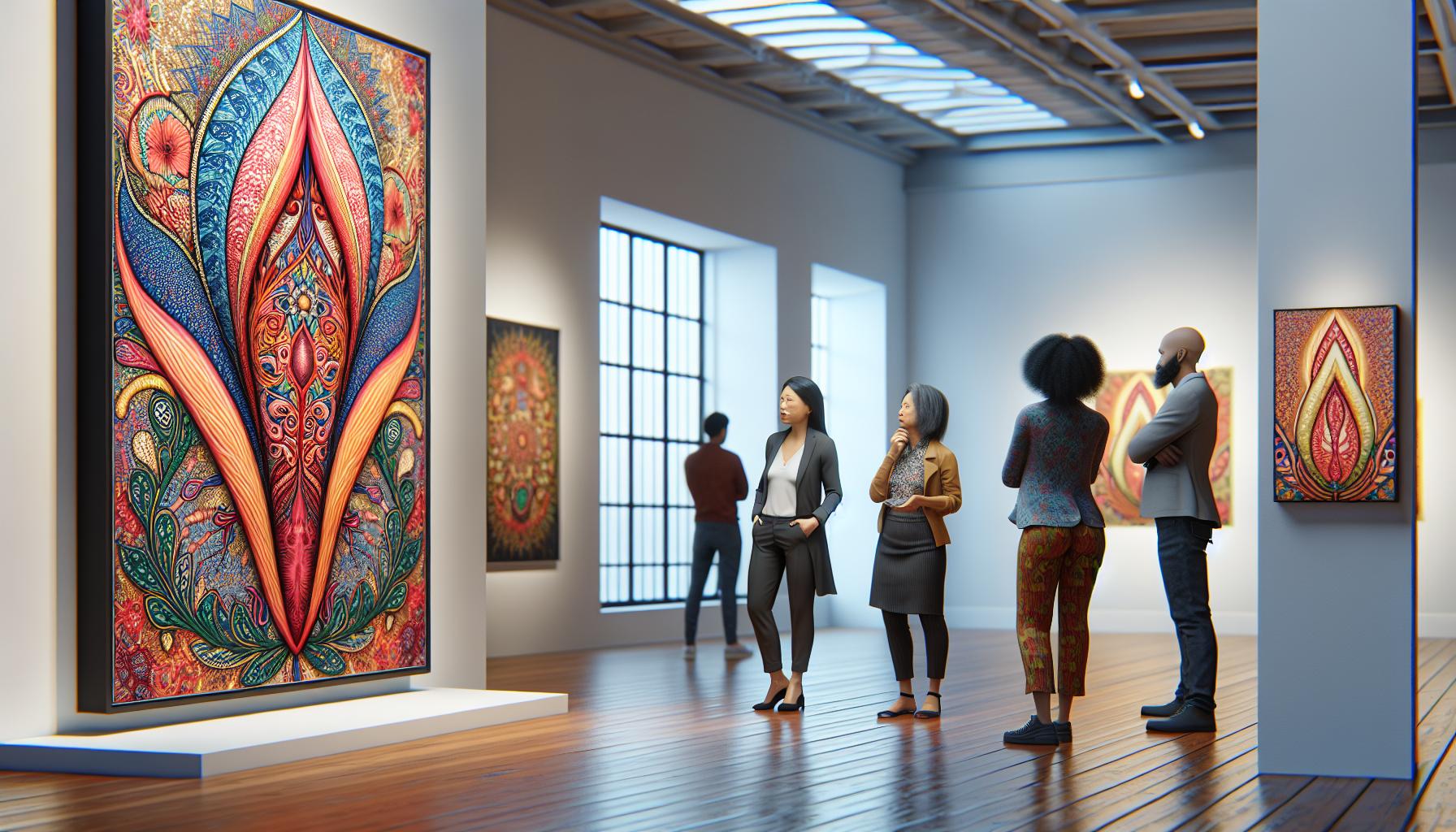
Yoni art reflects diverse cultural meanings and interpretations, highlighting its significance across various societies. This section explores symbolic representations and modern adaptations.
Symbolism in Different Cultures
Yoni art symbolizes more than just femininity; it embodies cultural heritage and spiritual beliefs. In Hinduism, the yoni represents Shakti, the divine feminine energy, emphasizing creation and fertility. The symbolism extends to various cultures, exhibiting unique interpretations of feminine power. For example, in many Indigenous cultures, yoni imagery connects women to nature, fertility, and earth’s cycles. Traditional African art also incorporates yoni symbols to celebrate motherhood and femininity. These representations underscore a universal appreciation of the feminine force, illuminating its role in sustaining life and nurturing communities.
Modern Interpretations
Modern interpretations of yoni art continue to evolve, resonating with contemporary themes of empowerment and identity. Artists blend traditional motifs with current issues such as gender equality and environmental sustainability. Installations in galleries and public spaces often utilize yoni imagery to spark conversations about women’s rights and social justice. Additionally, digital platforms enable artists to reach broader audiences, promoting the dialogue around yoni art’s significance. Through workshops and community projects, participants engage with yoni art as a medium for personal expression and cultural exploration, reinforcing its relevance in today’s society.
The Impact of Yoni Art Today
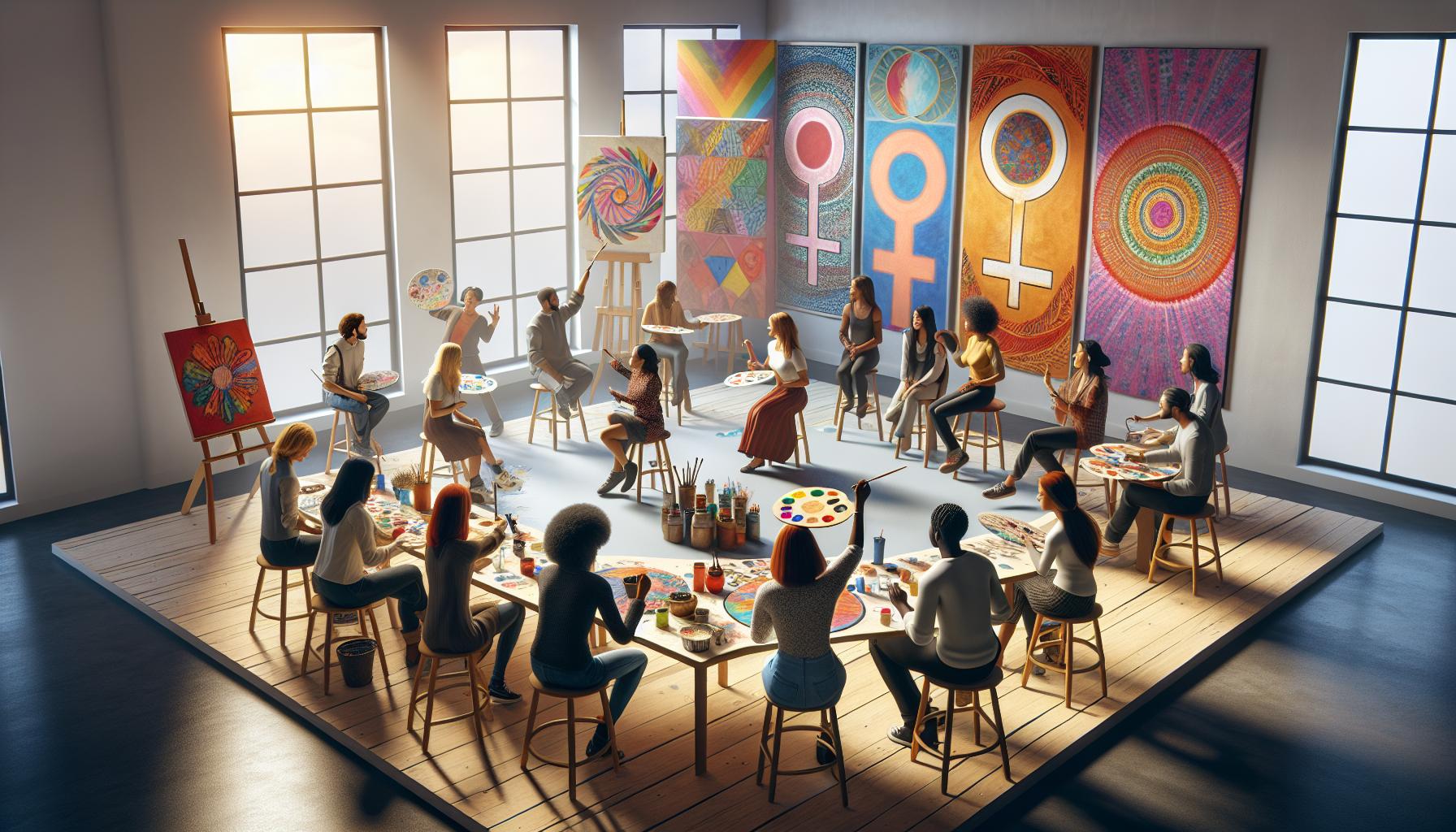
Yoni art plays a significant role in contemporary society, influencing cultural expressions and discussions surrounding femininity and identity.
Yoni Art in Contemporary Society
Yoni art thrives in various contexts, from galleries to social media, engaging audiences with its powerful messages. Influencers and artists utilize platforms like Instagram to showcase yoni art, making it accessible to a wider audience. This visibility encourages conversations on empowerment, body positivity, and female representation in art.
Yoni art installations appear in community spaces, facilitating workshops that promote healing and self-exploration. These initiatives foster connections among participants, developing collective narratives around feminine identity. Yoni art also finds relevance in wellness practices, where it serves as a tool for mindfulness and meditation, enhancing spiritual practices.
Many artists merge traditional and modern techniques, creating diverse pieces that resonate with current societal issues. This fusion not only preserves cultural heritage but also invites reinterpretation of yoni symbols for contemporary discussions. Events like art fairs and exhibitions highlight the evolution of yoni art, allowing for dialogues on themes such as gender equality and environmental consciousness.
Cultural events and festivals increasingly incorporate yoni art, celebrating feminine energy through performances and interactive art experiences. In this way, yoni art transcends mere aesthetics; it embodies a movement towards social change and awareness, encouraging critical thinking and self-acceptance within communities.
Creativity and Healing
Yoni art stands as a powerful testament to the celebration of femininity and the divine feminine energy. Its evolution reflects a blend of tradition and modernity while addressing contemporary issues such as empowerment and sustainability. Through vibrant colors and intricate designs, yoni art fosters a deeper understanding of cultural heritage and personal identity.
As it gains visibility in various spaces, yoni art continues to inspire dialogue around women’s rights and social justice. This artistic expression not only enhances individual self-awareness but also strengthens community connections. Embracing yoni art opens doors to transformative experiences that resonate with the spirit of creativity and healing.

